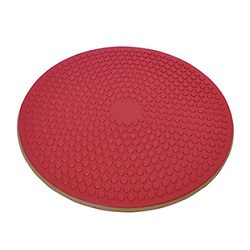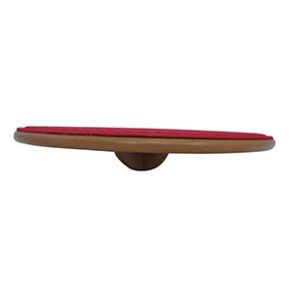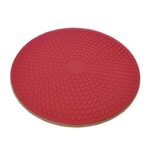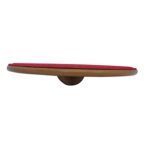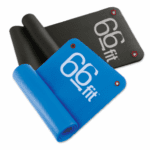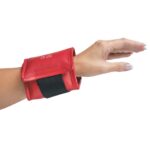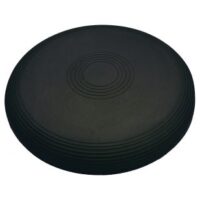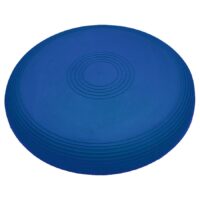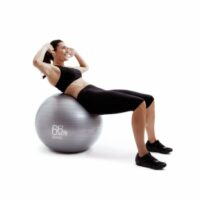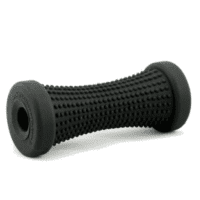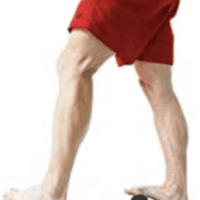- Description
- Additional information
Description
AllCare Wobble Board: Enhance Your Training with Stability
Revolutionise Your Fitness Regime
Step up your exercise routine with the AllCare Wobble Board, expertly designed for balance and strength training. Ideal for both rehabilitation and general fitness, this board is a must-have in your exercise arsenal.
Designed for Maximum Efficiency
Crafted with a sturdy wooden dome, the board ensures a robust and safe workout experience. The non-slip surface guarantees a secure grip, reducing the risk of slips and falls. Its easy-to-clean, anti-bacterial coating makes it a hygienic choice for both home and gym use.
Specifications for All Users
Measuring 46cm in diameter, with a 5cm dome height, 2cm top height, and 7cm total height, the AllCare Wobble Board is perfectly sized for users of all levels. Whether you’re a beginner or a seasoned athlete, this board will challenge and improve your core strength and balance.
Physiotherapist-Recommended for Rehabilitation
Physiotherapists recommend the AllCare Wobble Board for rehabilitation exercises. Its multi-plane movement capability aids in recovering from injuries, enhancing proprioception, and improving overall joint stability.
Key Benefits for Everyday Use
- Enhances core strength and stability
- Improves balance and coordination
- Aids in injury rehabilitation
- Suitable for all fitness levels
Conclusion: A Versatile Tool for Everyone
From fitness enthusiasts to individuals in rehabilitation, the AllCare Wobble Board is an essential tool for improving balance, strength, and overall fitness.
Explore more on balance and strength training at PhysioWorks.
Related Articles
Additional information
| Weight | 3 kg |
|---|---|
| Dimensions | 10 × 40 × 40 cm |

